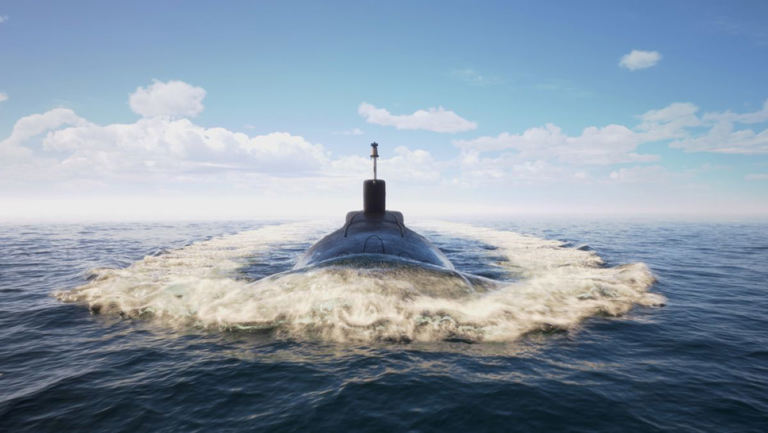A powerful 8.8-magnitude earthquake struck Russia’s far eastern Kamchatka Peninsula early Wednesday morning, creating panic across the region.
Earthquake Devastates Kamchatka Peninsula, Sparks Global Alarm
This earthquake is now one of the strongest ever recorded in modern history and the most powerful quake in Kamchatka since 1952. The epicentre of the quake was just 120 kilometres away from one of Russia’s most critical military assets — the Rybachiy nuclear submarine base in Avacha Bay.
Although Russian authorities have publicly stated that there was no major damage or casualties, the proximity of this vital submarine base to the earthquake’s epicentre has raised alarm bells among global security and defense experts.
Despite its isolated location, the Kamchatka Peninsula is a geologically active area. The massive tremor triggered tsunami warnings across the Pacific, including regions as far as Japan, Hawaii, and Alaska. In Japan alone, around two million people were evacuated from coastal zones as a precaution. Meanwhile, Hawaii’s Oahu region reported tsunami waves as high as five feet. Warnings were also issued across U.S. coastal areas from California to Oregon.
Back in Kamchatka, the quake left a visible trail of destruction. Videos shared online showed collapsed buildings, flooded ports, and roads completely submerged underwater. In Petropavlovsk-Kamchatskiy, a kindergarten collapsed during the tremors, injuring several people. Official statements have confirmed minor injuries across the region, mostly due to panic during the earthquake.
Earthquake Too Close to Russia’s Submarine Base for Comfort
Some of the Russian Navy’s most sophisticated and vital assets are located at the Rybachiy submarine base inside Avacha Bay. The Borei and Borei-A class nuclear ballistic missile submarines, known for carrying long-range nuclear missiles, form a key part of the fleet at the site. Alongside them, Russia has also stationed its most advanced underwater combatants—the Yasen-M and Oscar-class guided missile submarines.
Experts now express deep concern about the damage these vessels might have suffered due to the strong earthquake. Russia has not confirmed any specific damage to its submarine fleet, but military analysts and satellite teams are currently examining imagery to identify which submarines docked or underwent maintenance during the quake.
Natural disasters make submarines in repair or maintenance especially vulnerable. If an open hatch or deactivated systems exposed the vessel, even a small flood caused by a tsunami or ground movement could have caused internal damage. Even without visible structural cracks, the sudden jolt might have disrupted the submarine’s electrical or navigational systems.
The seismic fault lines that triggered the earthquake run dangerously close to Avacha Bay. While military engineers design nuclear-related structures to be highly durable, experts argue that no facility remains entirely safe when located this close to a quake epicentre of such magnitude.
Despite public reassurances, concerns remain high about whether the strong quake and resulting sea waves might have compromised some part of this heavily guarded military base.
Largest Quake Since 2011 Sends Tsunami Warnings Worldwide
Experts are comparing this earthquake to some of the most devastating seismic events in recent history, including the 2011 Great Japan Earthquake and the 2004 Indian Ocean Tsunami. Both tragedies claimed significant numbers of lives and destroyed large amounts of property. The Kamchatka quake, although not yet resulting in any large-scale casualties, triggered emergency response systems across the Pacific.
The tsunami alert systems went into immediate action after seismic data confirmed the quake’s intensity. Quick evacuation procedures helped prevent large-scale loss in countries under threat. Civil defense authorities in various Pacific nations moved fast to get people out of low-lying zones and transport them to safer ground.
Russian Sensors Target UK’s Nuclear Submarines in Undersea Espionage Plot
Although there is no confirmation yet of a direct impact on nuclear submarines, the fact that such critical infrastructure was within 120 kilometers of the earthquake’s origin is troubling. The quake has not only shaken the earth beneath Kamchatka but has also rattled the confidence of those responsible for global security monitoring.
The earthquake has reopened global conversations about the safety of nuclear facilities in active seismic zones. While military officials claim they built their infrastructure to handle extreme threats, the scale of this event has made many people wonder whether nature has once again outpaced human preparedness.

